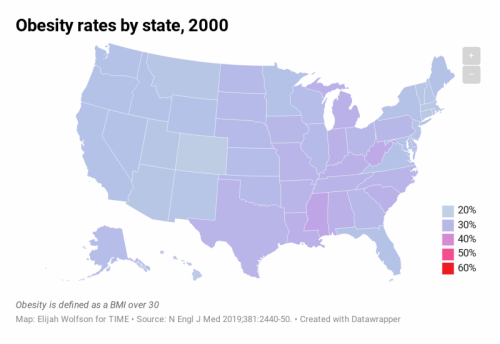Trump Administration weakens protections for endangered species – “If we make decisions based on short-term economic costs, we’re going to have a whole lot more extinct species”

By Lisa Friedman
12 August 2019
WASHINGTON (The New York Times) – The Trump administration on Monday announced that it would change the way the Endangered Species Act is applied, significantly weakening the nation’s bedrock conservation law credited with rescuing the bald eagle, the grizzly bear and the American alligator from extinction.
The changes could clear the way for new mining, oil and gas drilling, and development in areas where protected species live. The new rules will make it harder to consider the effects of climate change on wildlife when deciding whether a given species warrants protection. They would most likely shrink critical habitats and, for the first time, allow economic factors to be taken into account when making determinations.
“The best way to uphold the Endangered Species Act is to do everything we can to ensure it remains effective in achieving its ultimate goal — recovery of our rarest species,” Interior Secretary David Bernhardt said in a statement Monday. “The Act’s effectiveness rests on clear, consistent and efficient implementation.”
Commerce Secretary Wilbur Ross said in a statement the finalized revisions “fit squarely within the president’s mandate of easing the regulatory burden on the American public, without sacrificing our species’ protection and recovery goals.”
The regulation is expected to appear in the Federal Register this week and will go into effect 30 days after that.
Environmental groups denounced the changes as a disaster for imperiled wildlife at a time when the United Nations has warned that human pressures are poised to drive one million species into extinction and that protecting land and biodiversity is critical to keep greenhouse gas emissions in check.

Climate change, a lack of environmental stewardship and mass industrialization have all contributed to the enormous expected global nature loss, the report said. […]
One of the most controversial changes removes longstanding language that prohibits the consideration of economic factors when deciding whether a species should be protected.
Under the current law, such determinations must be made solely based on science, “without reference to possible economic or other impacts of determination.” […]
Environmental groups saw a danger in that. “There can be economic costs to protecting endangered species,” said Drew Caputo, vice president of litigation for lands, wildlife and oceans at Earthjustice, an environmental law organization. But, he said, “If we make decisions based on short-term economic costs, we’re going to have a whole lot more extinct species.” [more]
Trump Administration Weakens Protections for Endangered Species


